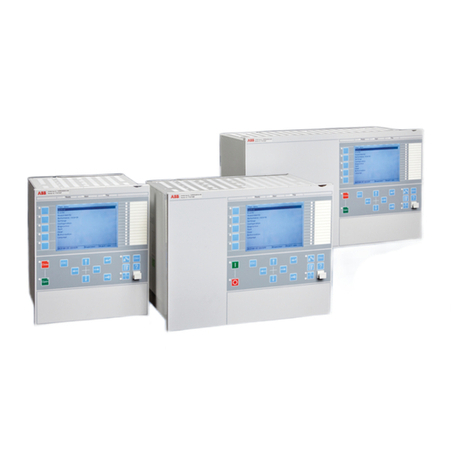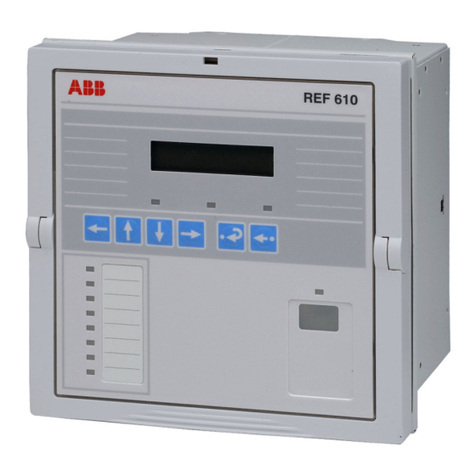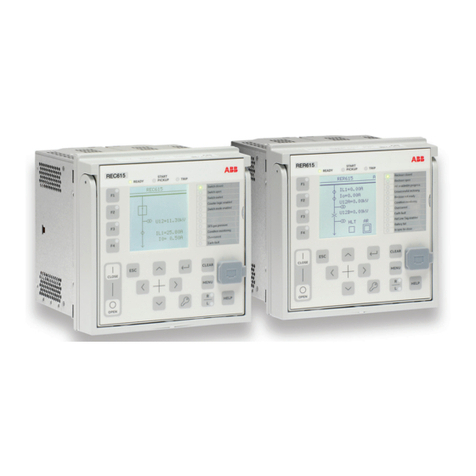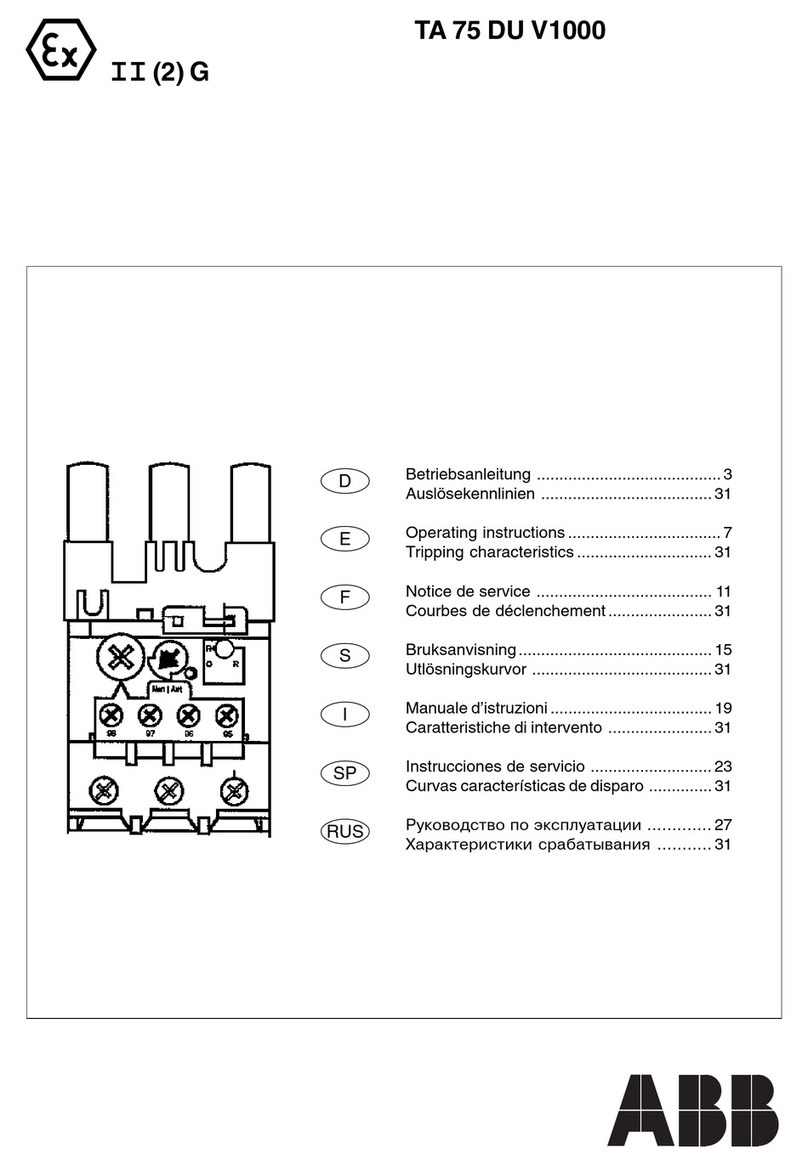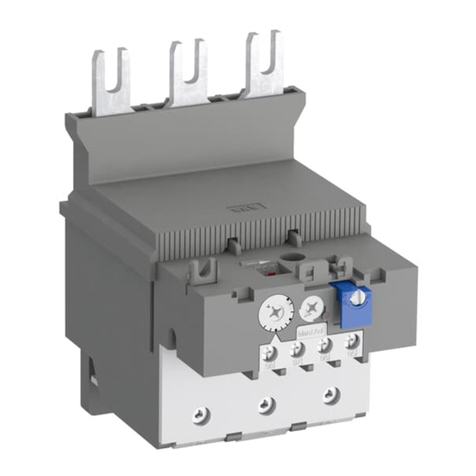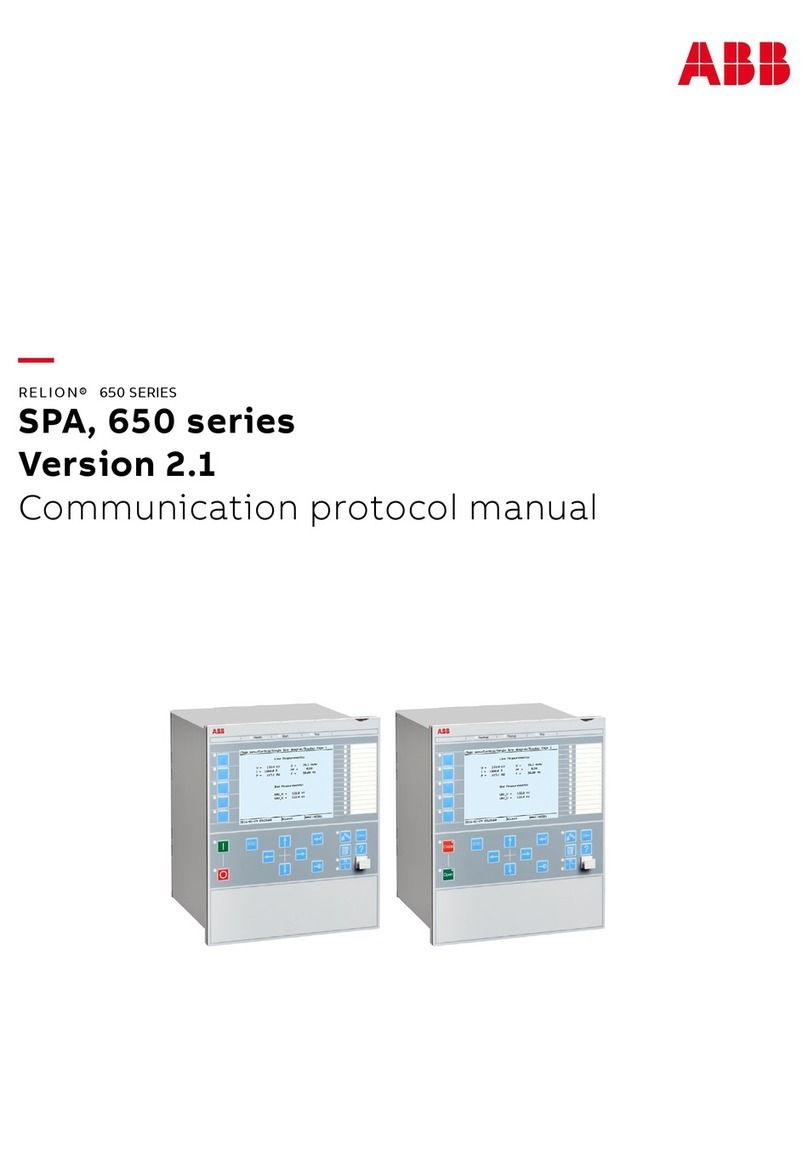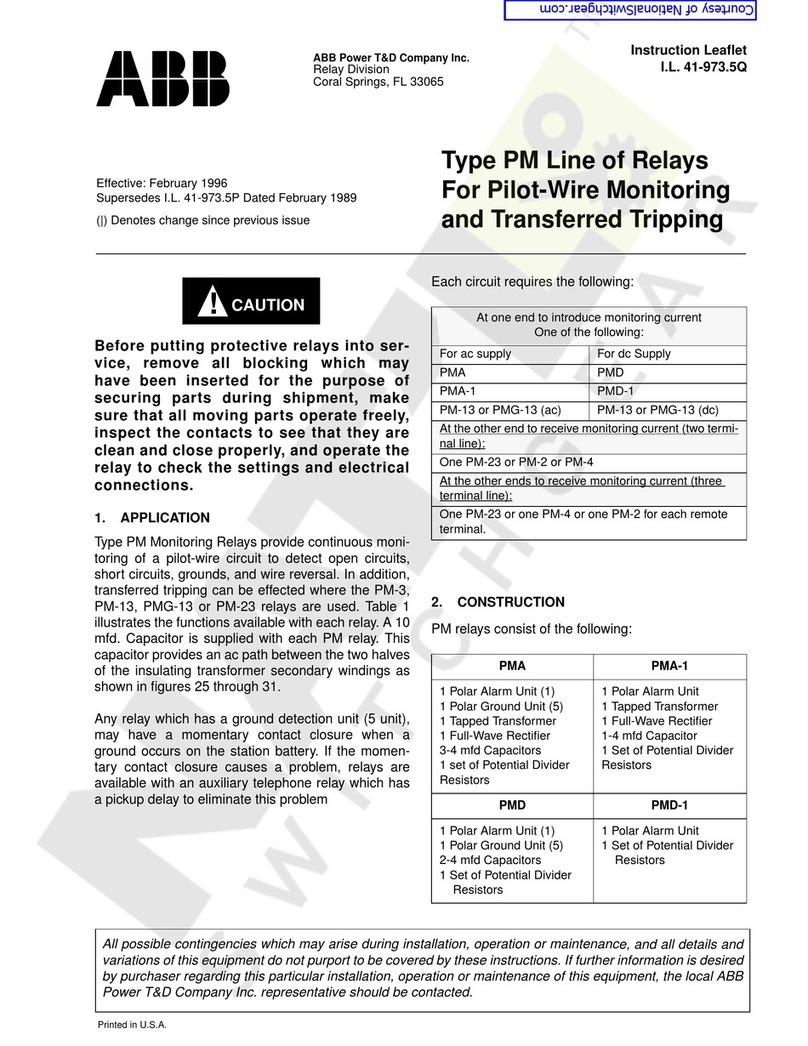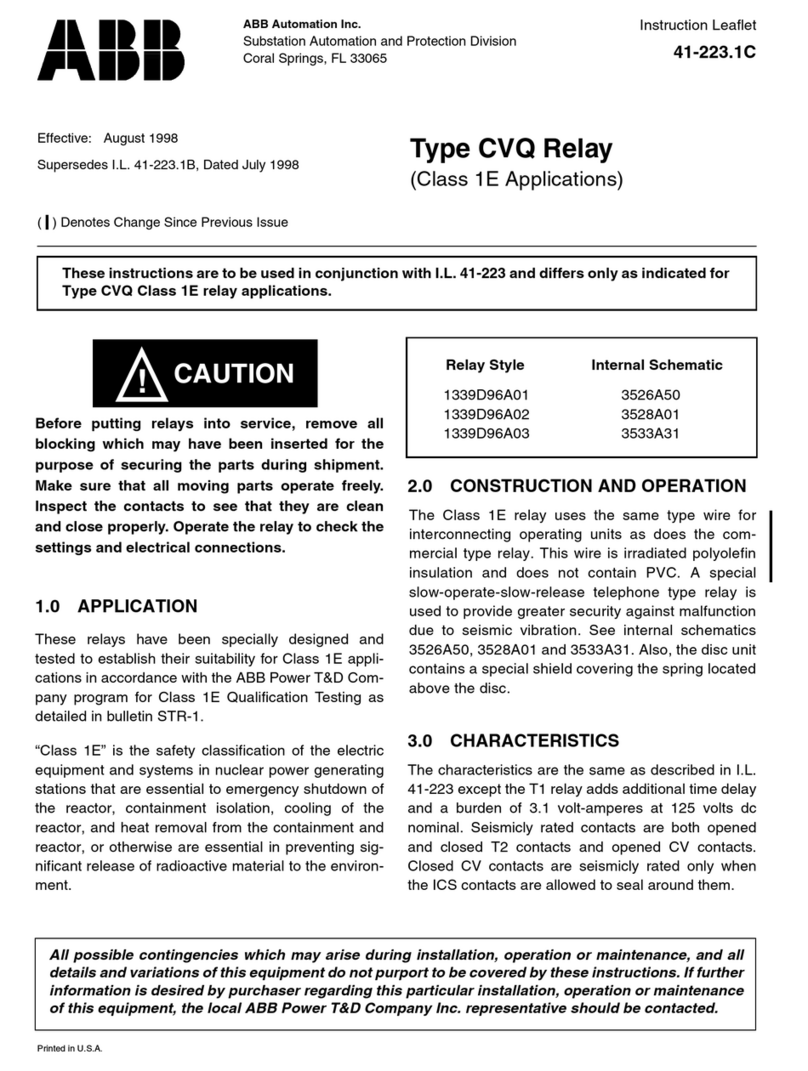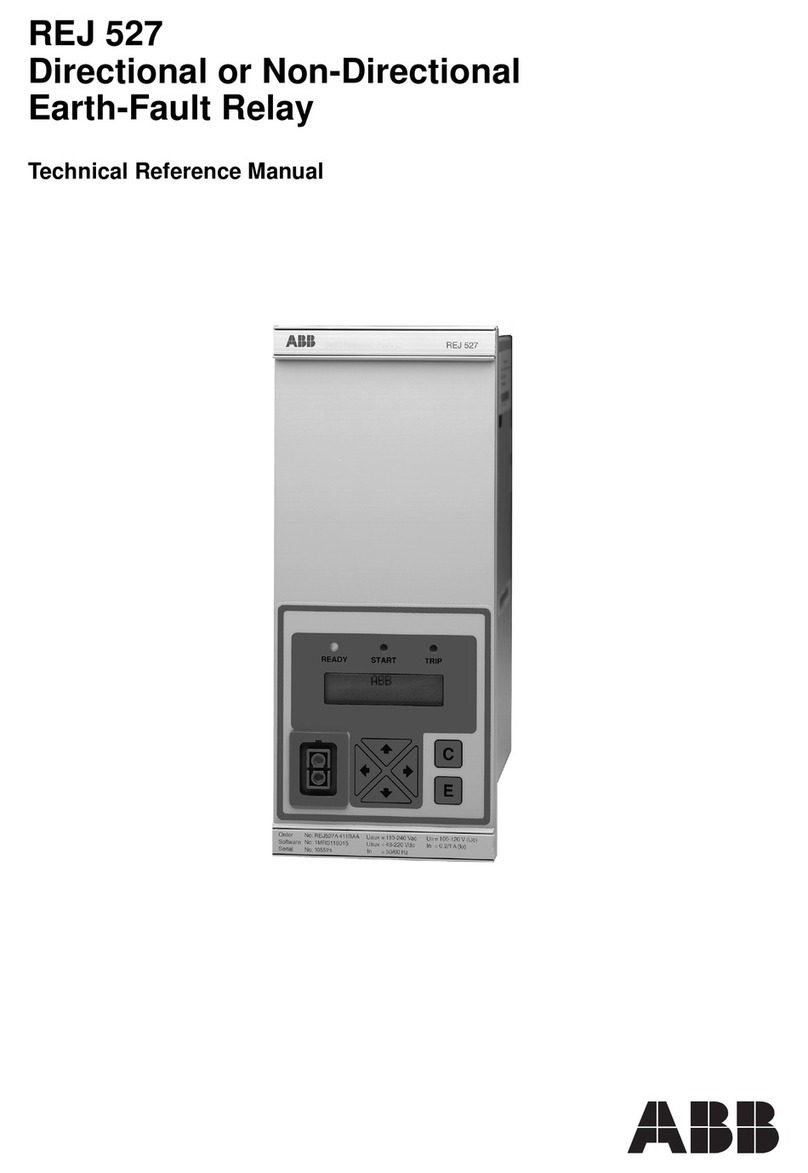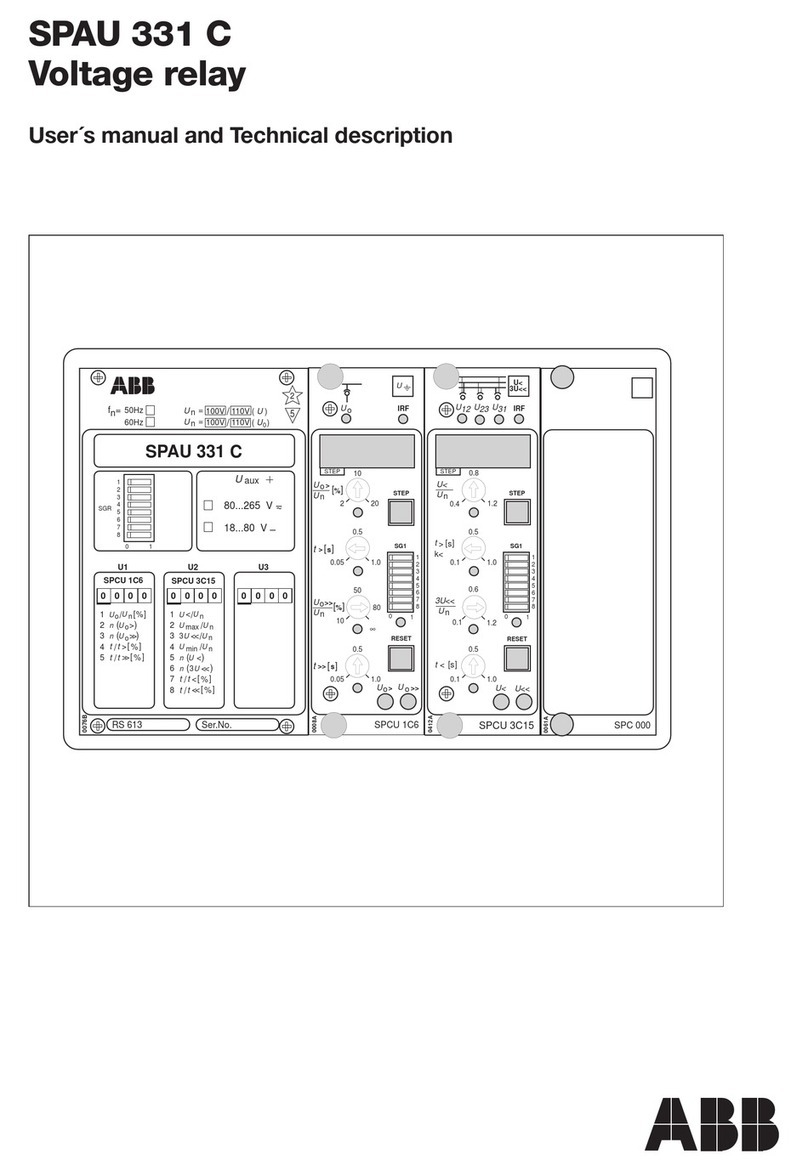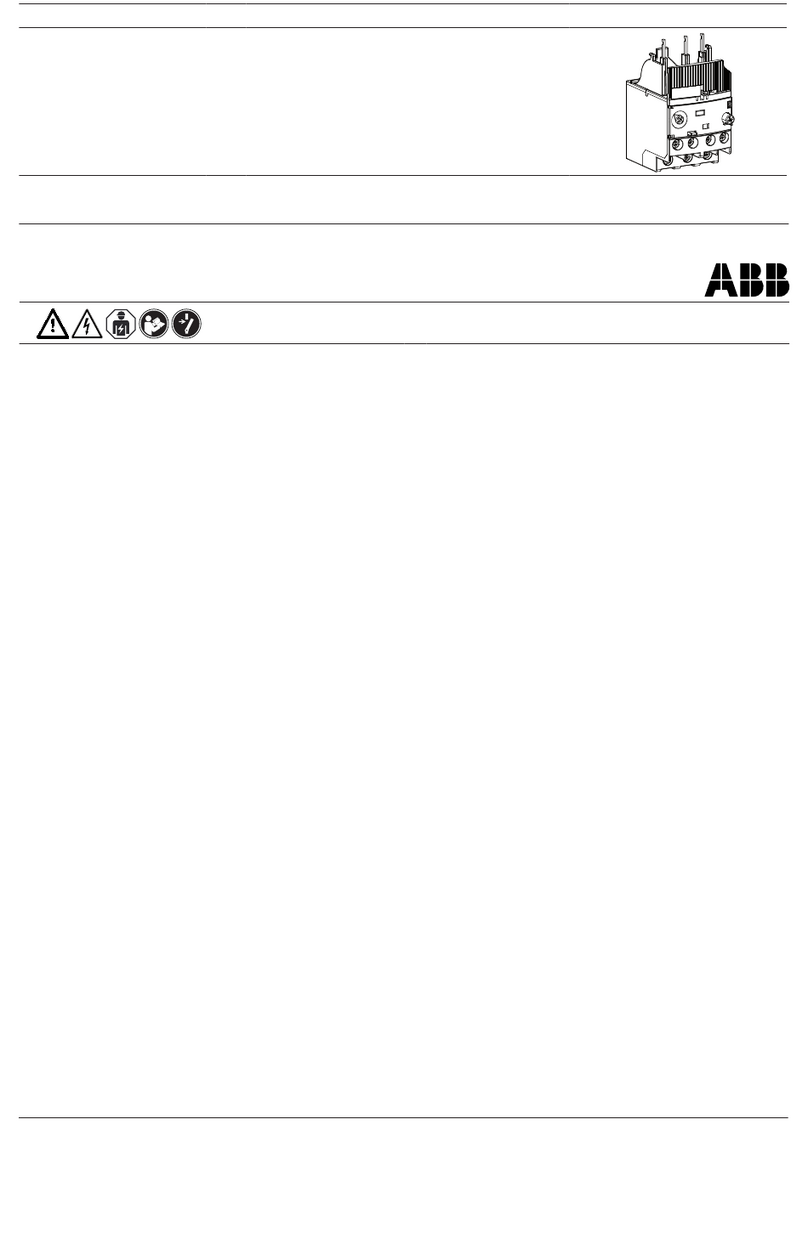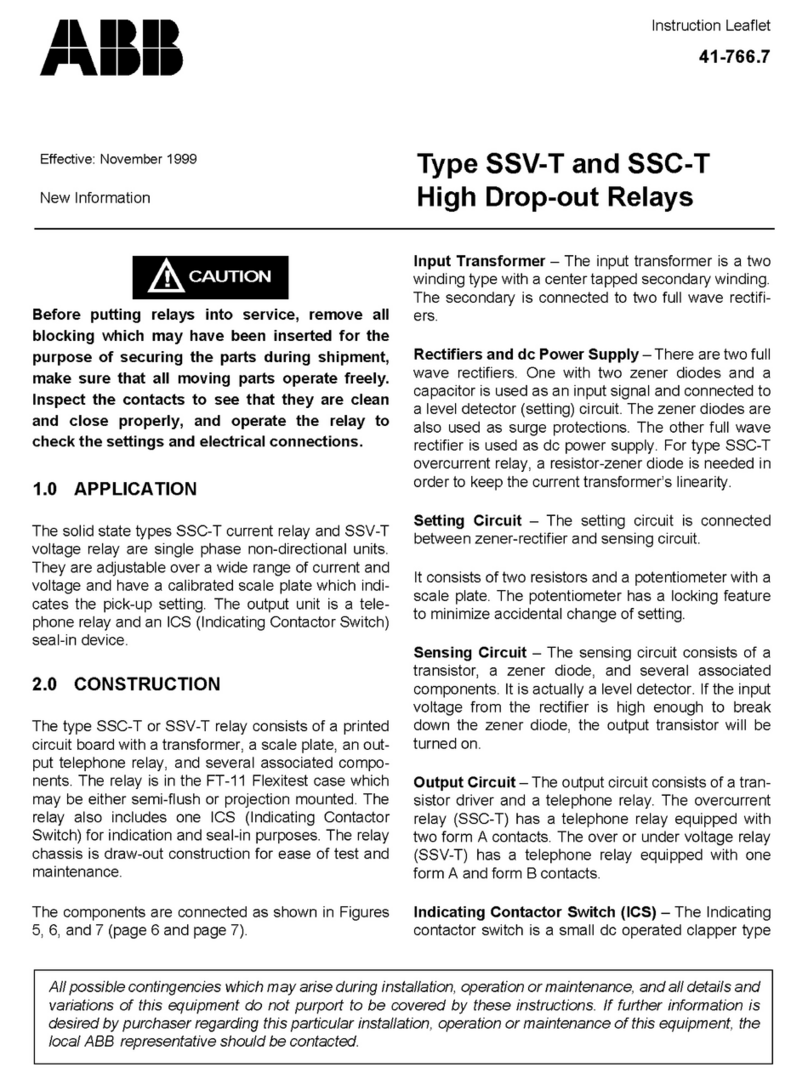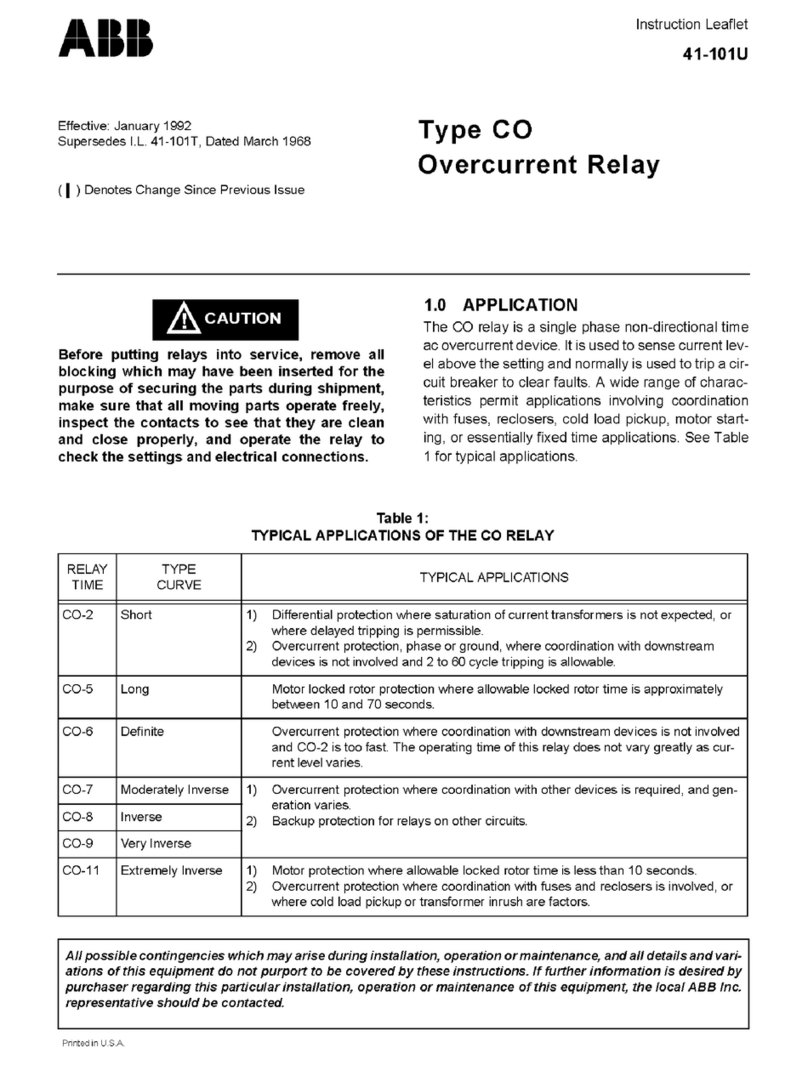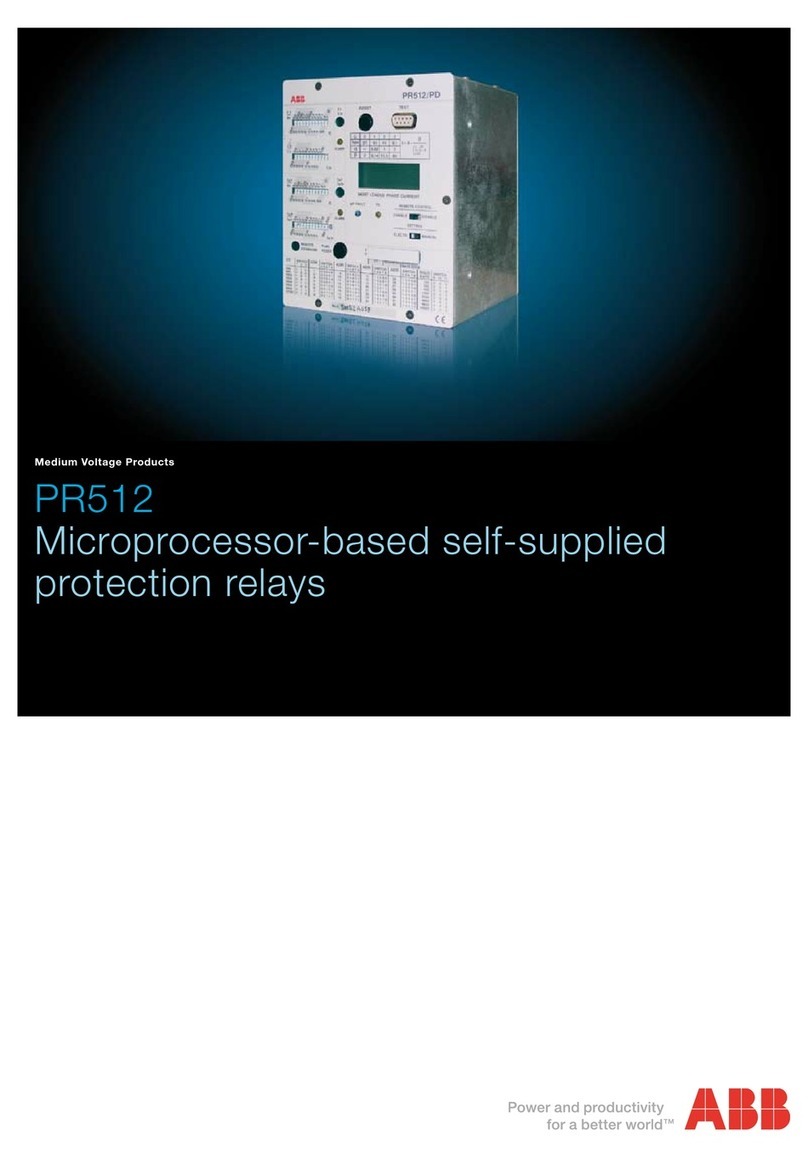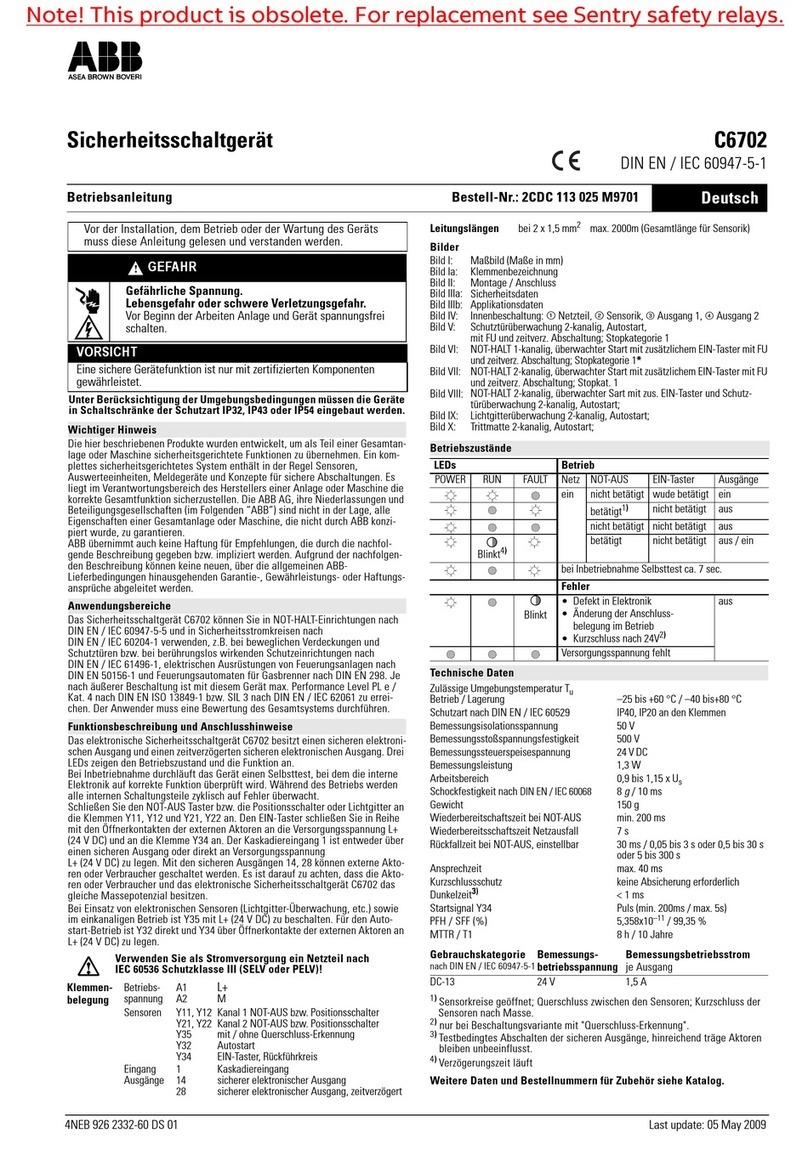
I.L. 41-682.11 Type CVX and CVX-1 Synchro-Verifier Relays
6
the adjustments have been disturbed. This proce-
dure should not be used until it is apparent that the
relay is not in the proper working order (See Accep-
tance Check).
7.1 CONTACTS
For Disc Unit Contacts see section 6.1.1
7.2 PRELIMINARY ADJUSTMENTS
Remove the permanent magnet from the relay and
set the time dial on the #11 position. Next unwind the
spring for zero tension on the #11 position. This can
best be noticed by unwinding the spring until the con-
tact will not move when the time dial is moved a small
distance beyond the #11 position.
The spring convolutions may touch during this opera-
tion and the outer convolutions may hit other sur-
faces of the relay. This interference should be
disregarded because its effect on the final calibration
will be negligible. The reason for unwinding the
spring is that the amount of tension on the reset
spring affects the diameter of the circle. Hence the
spring tension has to be removed initially so that only
the left hand potentiometer (R3) will affect the oper-
ating circle.
7.3 SPURIOUS TORQUE ADJUSTMENTS
a) With the relay set as per the preliminary adjust-
ments, open both lag coil circuits of the rear elec-
tromagnet This can be done by opening the
screw connection on both the lag coils of the rear
electromagnet.
b) Connect the relay to test circuit of Figure 15 for
CVX, or Figure 16 for CVX-1, and then apply
rated voltage at zero phase angle on both cir-
cuits. All voltage settings are to be within 1/4
Volts.
7.4 CENTERING CIRCLE
a) De-energize the relay and close the left lag coil
circuit front view of the rear electromagnet and
set the left hand potentiometer (R3) at approxi-
mately one-third of its resistance.
b) Adjust the phase shifter on the lagging direction
until the contacts just close with V1and V2equal
to rated voltage. Note the angle at which the con-
tacts just close.
c) Adjust the phase shifter in the leading direction
until the contacts just close with V1and V2equal
to rated voltage. If the latter angle is not within ±1
degree of the former angle, adjust R4, the top
right hand resistor (rear view) until the two
angles are within ±1 degree of each other.
7.5 SPRING ADJUSTMENT
a) Adjust R3, the left potentiometer (front view)
such that the moving contact just leaves and
returns to the backstop of the time dial at the #11
position between 30° and 31° for CVX and
between 35° and 36° for CVX-1 with rated volt-
age on both sides (leading or lagging: increasing
the resistor decreases the angle).
b) Change the angle to 40° and adjust the reset
spring until the contacts just make.
c) Rotate the phase shifter to move V2through zero
phase angle where the contacts just make. The
contacts should just close at an angle of 40° ± 2°
with V1and V2equal to rated voltage.
d) With V1equal to rated voltage, the contacts
should just close when V2is increased to 60V
±2.5V in phase with V1. If necessary, readjust
spring slightly to obtain this condition. The relay
is now calibrated for a 40° circle. Spring convolu-
tions must not touch after this adjustment.
e) Reconnect the right lag coil of the rear electro-
magnet and adjust R3, the left hand potentiome-
ter (front view) to achieve the 40° degree circle
(where the contacts just close at an angle of 40°
± 2°).
7.6 TIME CURVE
Install the permanent magnet on the relay. Adjust the
permanent magnet keeper until the operating time of
the relay from the #11 time dial position is ±6 sec-
onds with V1and V2equal to rated voltage at zero
phase angle.
7.7 CIRCLES OTHER THAN 40 DEGREES
This adjustment should not be done until the above
adjustments for a 40° circle has been completed.
If another circle other than 40° is desired, adjust R3,
the left hand potentiometer (front view) to obtain the
desired circle. For example, if a 50 degree circle is
